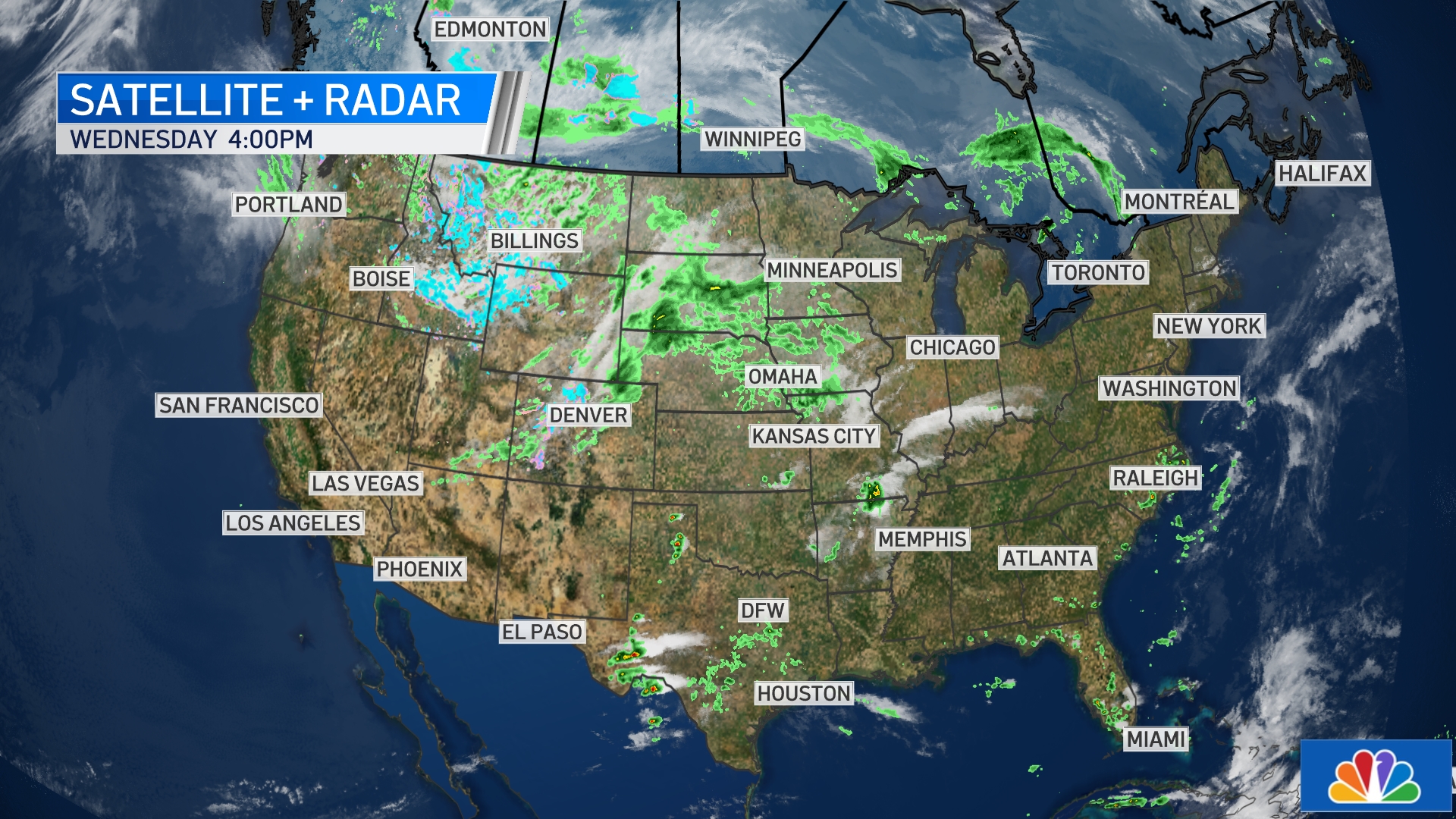

But it's really too soon to say at this point, he said. "During La Niñas, the storm tracks tend to shift a little bit, so there tends to be more snowfall across parts of the New England area, and there tends to be less snowfall over parts of the mid-Atlantic," he said, adding that some areas of the Pacific Northwest and interior West may see more snow than usual. The CPC, which is a part of the National Oceanic and Atmospheric Administration (NOAA), doesn't make long-term snowfall predictions (those can be made only a few days in advance), but Gottschalck did offer a possible forecast. The extended winter forecast predicts that there will be above-average rainfall in Alaska, the Pacific Northwest and the Great Lakes region (see green areas) and below-normal rainfall in the southern United States (see yellow bands). Southern California, the Southwest, the southern Great Plains, the Gulf Coast, Florida and the southern Atlantic coastal areas are expected to receive less rainfall than usual, the CPC said. The northwest part of Alaska is also expected to get more rain than usual, the report said.īut not all states will be soaked. There's also an increased chance of above-average rainfall for the region around the Great Lakes, including Ohio, as well as the Tennessee Valley. In the Pacific Northwest, the northern area of the Great Basin, the Rockies and the High Plains, the CPC expects an above-average rainfall, the report said. People in several regions of the country should expect to see unusually high amounts of rainfall this winter. But as it peters out later this winter, and "especially into the spring, we'll start to see more neutral conditions, meaning the ocean temperatures in the equatorial and central Pacific will become closer to average than what we currently have," Gottschalck said. La Niña happens when the ocean surface temperatures around the equator are cooler than usual. Moreover, above-average temperatures are also expected for western and northern Alaska.īut these unusual changes won't stay for long this year's La Niña is expected to remain fairly weak and be short-lived, Gottschalck said. In contrast, the three-month outlook predicts above-average temperatures along the East Coast and across the southern part of the country, with the best odds for warm weather in the southern parts of New Mexico and Texas, according to the CPC report.


 0 kommentar(er)
0 kommentar(er)
